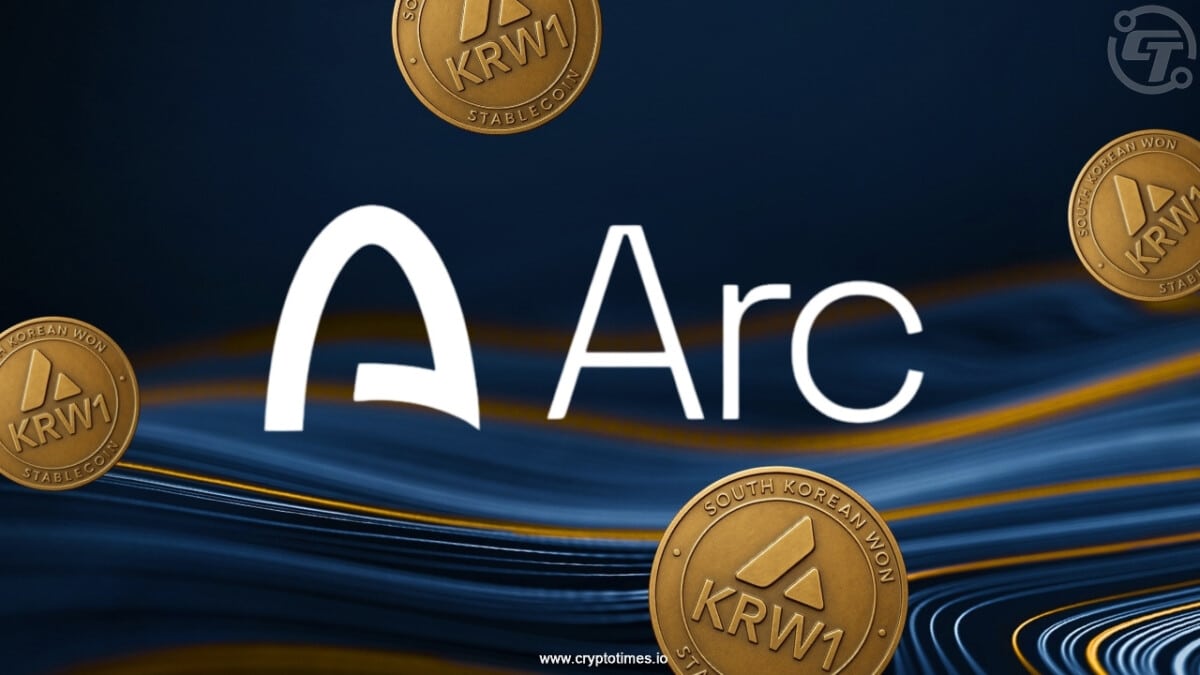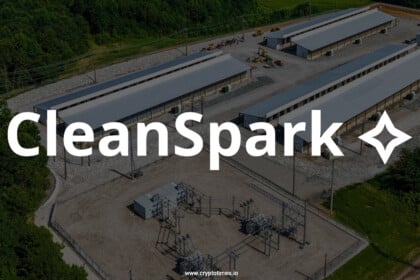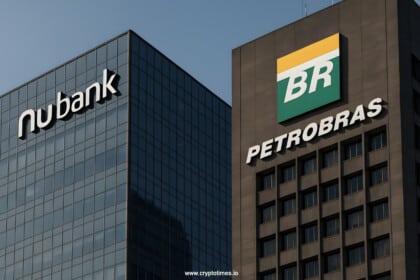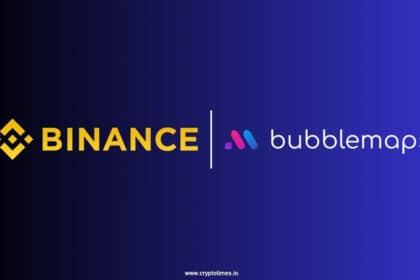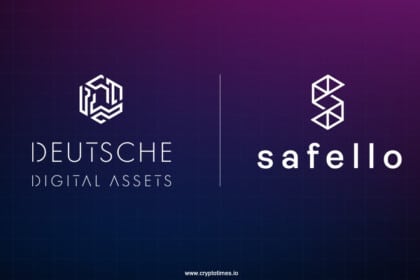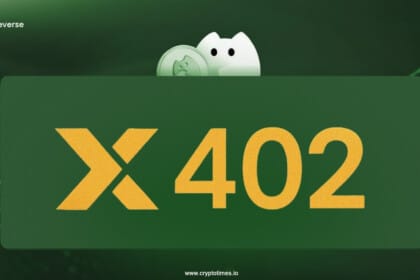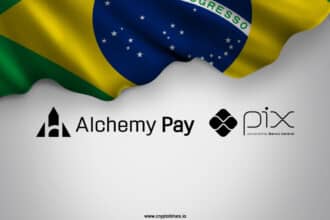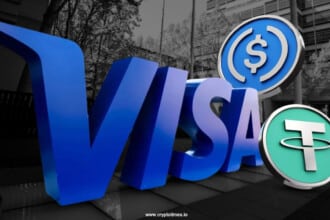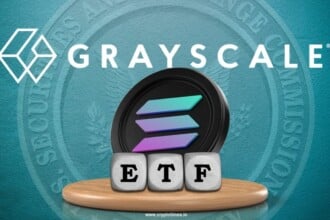South Korea’s digital asset custodian BDACS is extending the reach of its won-backed stablecoin KRW1 by issuing it on Circle’s newly launched blockchain, Arc. The partnership positions Korea’s official stablecoin alongside some of the world’s leading digital assets, marking its second network integration after debuting on Avalanche earlier this year.
According to a report by Yonhap News, BDACS has signed a memorandum of understanding (MOU) with Circle, the company behind the well-known stablecoins USDC and EURC. The agreement will focus on technical cooperation, regulatory alignment, and joint ecosystem development, enabling KRW1 to operate within Circle’s growing blockchain network.
“This collaboration is a meaningful step forward for Korea’s innovation to reach the global stage,” said Ryu Hong-yeol, CEO of BDACS. “By deploying KRW1 on Circle’s Arc, we are opening a gateway for Korean companies to participate in the global stablecoin network.”
Circle’s Arc: Emerging Infrastructure for Digital Finance
Circle came out with its Arc blockchain in August 2025. They call it an “Economic Operating System for the internet.” It’s built completely from the ground up to manage stablecoins, digital assets, and payments. Basically, Circle isn’t just making stablecoins anymore—they’re now building the tech that powers how they work.
Arc’s public testnet went live this week and has already drawn interest from over a hundred major financial institutions, including BlackRock, Goldman Sachs, Visa, Mastercard, and State Street. The network promises near-instant transactions, steady dollar-based fees, and privacy options designed for large-scale financial use.
With KRW1 now on Arc, BDACS joins a wider network that’s also testing stablecoins from countries like Japan, Brazil, Mexico, and the Philippines. For Circle, adding the Korean won-backed KRW1 expands Arc beyond just dollar and euro tokens, moving it closer to becoming a global payment platform.
KRW1: Korea’s push for a regulated Digital Won
BDACS launched KRW1 in September 2025. It’s a stablecoin backed fully by the South Korean won, with every token matched 1:1 and held at Woori Bank. People can check the reserves anytime through an API.
The idea for KRW1 actually started way back in December 2023, when BDACS filed for the trademark. From the start, they wanted to build something that had proper regulation and trust behind it. The token first came out on Avalanche because it’s fast and secure, but the plan was always to take it to more blockchains, and that’s now happening with its launch on Circle’s Arc.
For BDACS, KRW1 isn’t just another digital coin. They want it to be used for everyday things — payments, transfers, even investments. They’re also looking at ways it could help in public programs, like sending relief money directly to people when needed.
A rapidly expanding stablecoin scene
South Korea’s stablecoin market has grown sharply over the past few months. In September 2025, KOSCOM — a subsidiary of the Korea Exchange, filed for five separate won-backed stablecoin trademarks: KSDC, KRW24, KRW365, KOSWON, and KORWON.
At the same time, local tech firms fanC and Initech completed a pilot of their own digital won project, KRWIN, to test how it performs in real-world payments and transfers. The trial was successful, though both companies have yet to confirm when the stablecoin will go public.
Together, these developments show how South Korea is moving quickly to establish itself as a serious player in the next phase of digital finance — one that connects traditional banking strength with blockchain efficiency.
Regulation on the horizon
South Korea’s stablecoin efforts come at a time when the Financial Services Commission (FSC) is putting together new rules for asset-backed tokens. The new rules, expected by the end of 2025, will decide how these tokens are backed, handled, and shared. It’s a major step in making Korea’s digital finance system clearer and more reliable.
Why it matters
KRW1’s entry into Circle’s Arc blockchain marks an important step in South Korea’s broader digital currency plans. It connects a fully backed, government-compliant stablecoin with one of the most established blockchain networks in the world — linking Korea’s regulated market with global financial rails.
For BDACS, the partnership is a way to take Korean innovation to a global level. For Circle, it brings another national currency into Arc’s expanding ecosystem, reinforcing its goal of becoming a global network for multi-currency payments.
Also Read: Visa Expands Stablecoin Network Across More Blockchains


